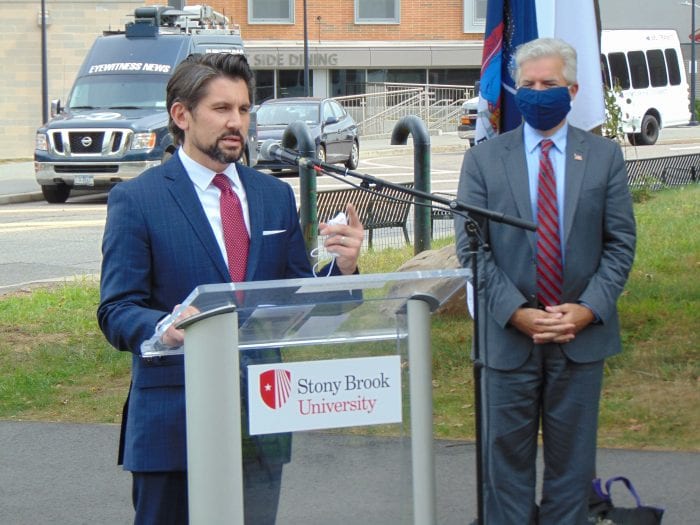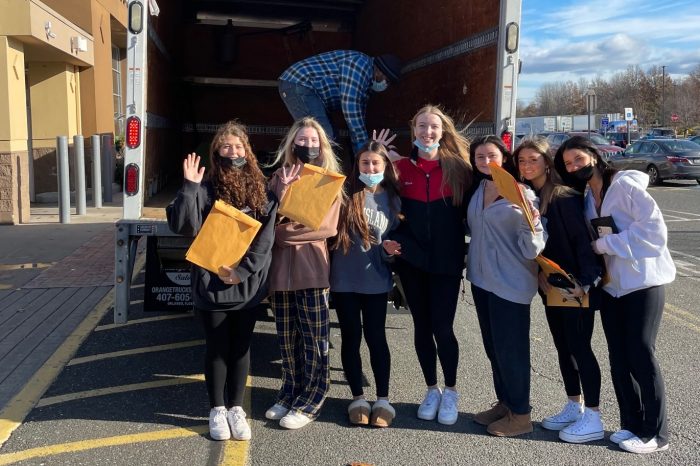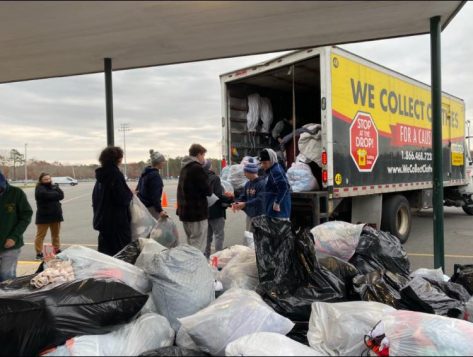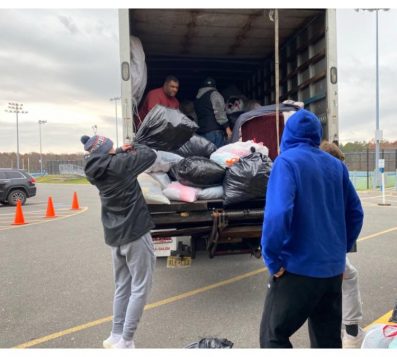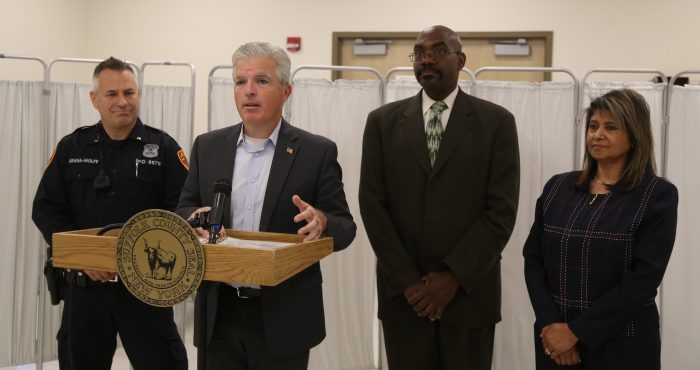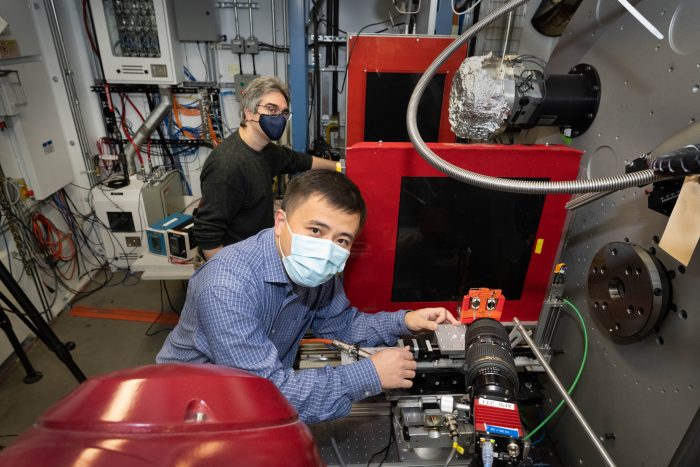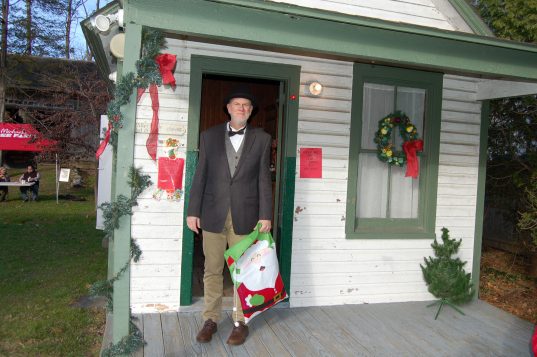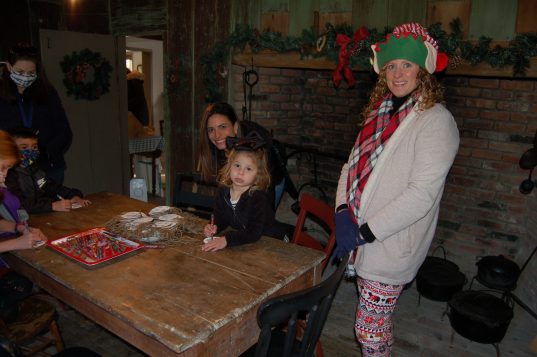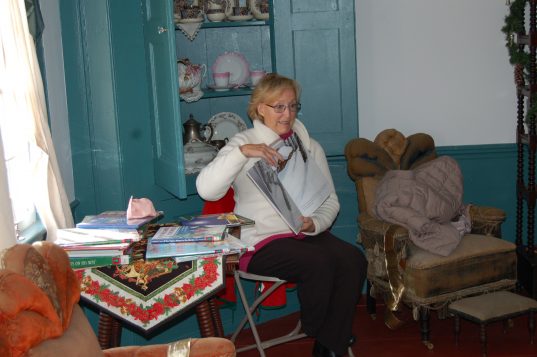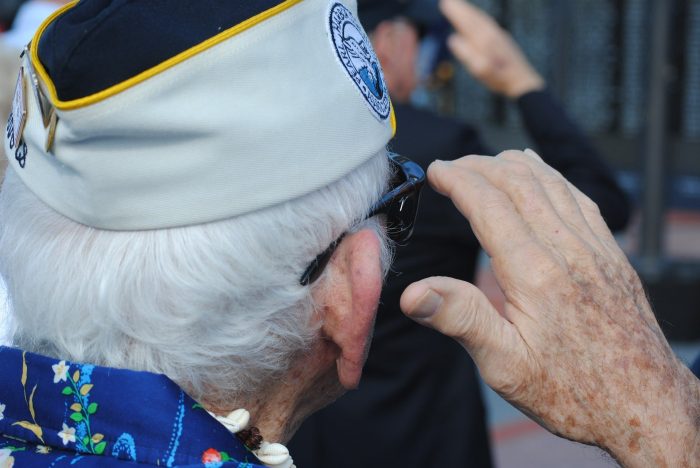On Dec. 6, 1941, Americans watched the extent of German military actions under Adolf Hitler’s Third Reich, as it conquered much of Europe, North Africa and major parts of the Soviet Union.
Within the Pacific and Asia, the imperial government of Japan competed against the United States for sole control of this region of the world. While tensions were high, most Americans went about their life, as if it was any other weekend.
Some 80 years ago, the unthinkable occurred against the American army and naval strength that sat idle on a quiet Sunday morning in Hawaii. As the residents and military of this state were still sleeping, Japanese aircraft carriers sat two hundred miles off the coast of these islands and began its unyielding assaults against Pearl Harbor.
Back in Washington, the American government negotiated with representatives from the Japanese embassy that were delayed, as they were waiting for several parts of a declaration of war to be decoded and delivered to our leadership.
As a younger man, Admiral Isoroku Yamamoto was the Japanese leader that planned this assault, traveled extensively across America, where he saw the economic potential of this superpower. He stressed the importance of declaring war as an honorable action before his planes bombed Pearl Harbor and firmly stressed that the only chance that Japan had to win this war was to destroy the American aircraft carriers at this base.
But the delays in the transmission of a lengthy message from Tokyo prevented the Japanese representatives in Washington D.C. from formerly presenting a declaring war to Secretary of State Cordell Hull who was speaking with these figures at the start of this attack.
Hull’s meeting was interrupted for him to be told about the deadly swarms of Japanese fighter planes that bombed and strafed American ships, planes and troops that were struggling to survive. Never did the U.S. government and military leaders ever estimate that the Japanese had this capability to push their own carriers some 5,000 miles undetected towards the coast of Hawaii.
When the smoke cleared, there were over 2,400 members of the armed forces that were killed; 1,000 wounded, 20 ships and 300 planes that were destroyed. This enemy also disabled General Douglas MacArthur’s fighter planes and bombers that sat on the ground in the Philippines.
Other American territories were targeted in the Pacific, and those military forces were also caught off-guard against this ferocious onslaught that was well planned by the Japanese military.
Before this attack, President Franklin D. Roosevelt, and Army Chief of Staff General George C. Marshall, firmly believed that it was only a matter of time before this country was pushed into the conflicts in Europe and possibly the Pacific.
Now America was at war, and it was totally unprepared for the modern warfare that was waged by the Germans and Japanese. During the 1930s, the Japanese military fought a brutal war against the Chinese and expanded into French Indo-China before Pearl Harbor. And for two years, the German forces were a hardened force that “Blitzkrieg” much of Europe through a tenacious war that easily defeated most of the Europeans, except the British and Soviets that barely held onto their own survival.
Immediately after the noted “Day of Infamy” speech of Roosevelt, the process quickly began to put this country on a war time footing. Americans were drafted into every branch of the armed forces, women quickly became known as “Rosie the Riveter” for their industrial positions, and “Victory Gardens” were planted from the Atlantic to the Pacific Ocean.
Eighty years ago, this week, Americans from all walks of life entered the service to defend the survival of this country.
By 1942, the Department of War established the future American military leaders that ran the war over-seas to gain victory. General Dwight D. Eisenhower was one of the finest staff officers in the army and he quickly rose from the rank of colonel to lieutenant general. Eisenhower had no combat experience during World War I, but he continually impressed Marshall through his problem-solving ability to handle complicated situations through a commonsense approach. This general was a popular officer, that worked well with others, and he was sent by Marshall to England to discuss the earliest military operations with our British allies.
A longtime friend to both Marshall and Eisenhower was General George S. Patton. He was a talented, but a controversial figure, that was highly decorated leading the first tanks during World War I. He led the 2nd Armored Division at Fort Benning and later the Indio/Mojave Desert Tank Training Center in California to train our forces to oppose Field Marshal Erwin Rommel’s Africa Korps in Tunisia.
Marshall always stated that if he was in a major position of authority, that he would rely on the strength of Patton to push soldiers against a foreign enemy. In the Philippines, MacArthur was ordered out of Corregidor as the Bataan Campaign was defeated by the Japanese. Through the aid of a PT boat, MacArthur, his wife and son, and aides escaped across the Pacific Ocean to set up his new operations in Australia. Now thousands of miles away from Japan, MacArthur scraped together enough forces to begin training for the Guadalcanal invasion that was planned for early August 1942.
Roosevelt was determined to attack the expansionist drive of the Japanese and Germans. While Colonel Jimmy Doolittle in April 1942, led the first bombers to hit the Japanese mainland, this limited assault had done little to hurt the war effort of this enemy. The President demanded that his military leaders successfully wage war against both enemies in the European and Pacific Theaters of Operations. Within an extremely brief period, Marshall and his chief subordinates in Eisenhower and MacArthur quickly planned to halt the progress of the enemies that they would incessantly fight for the next three years.
But the United States still did not have enough trained soldiers, nor did the military have enough combat officers to oppose the strength of these powerful nations.
From 1942-43, Roosevelt wanted action from his military, but the primary goal was to slow down the advances of the Japanese and the Germans, and land forces against the vulnerable areas of their empires. While both Marshall and Eisenhower sought the invasion of France, as the quickest way to win the war in Europe, England was totally opposed to this idea.
British leaders that were in their third year of the war, believed that the United States was not yet battle tested, lacked men, materials and knowledge of the Germany army. If an attack failed in France, and if the Allies were pushed back into the English Channel, it would take too long to dislodge Hitler’s forces from Europe. The British stated that the best course of action was to assault the “Soft Under-Belly” of the German forces in the Mediterranean. While Marshall and Eisenhower were opposed to these plans, the British were correct that America was not yet prepared to wage war and that invading North Africa was a more realistic approach for an army that was being drafted into service.
Eisenhower was named the overall commander of “Operation Torch” the invasion of North Africa. While he was respected, Eisenhower was a novice in leading such a complicated plan, and his key subordinates were British. There was an early belief that Eisenhower was often swayed by the opinions of the British that had a tremendous amount of influence on this Supreme Commander.
In the Pacific, the Japanese tried to choke off the American supply lines to Australia and New Zealand by building airfields in Guadalcanal. Few Americans ever heard of this small island that was located within the Solomon Islands. If the Japanese completed these airfields, they would constantly harass the numerous supplies that were needed to help rebuild MacArthur’s forces that expected to carry out the start of its “Island Hopping” campaign. At this point in 1942, Japan had one of the largest empires ever taken over by a nation during a time of war and conquest.
Never in the history of this country did the United States ever prepare for war against forces that were thousands of miles away, and in an opposite global direction. Americans from places like Miller Place, Mount Sinai, Port Jefferson, Rocky Point and Sound Beach, trained in military bases, to be quickly deployed over-seas to fight the enemy. Always a source of positive feelings, Roosevelt was the architect of one of the most power armed forces that ever-waged war.
Starting in August 1942, for several months, the United States fought the Japanese at Guadalcanal. The American forces had two difficult enemies, first was the Japanese soldier that was well dug in, that presented a stubborn resistance. Secondly, the American soldier had to battle the jungles of an unfamiliar territory that was ripe with malaria and dangerous creatures and insects. While it took almost five months to defeat the Japanese, they fully understood that the United States Marine Corps that spearhead the landings on South Pacific this island, would not be pushed back, and were only determined to gain victory.
During the early days of November 1942, Eisenhower was stationed at the Rock of Gibraltar, where he waited for the reports of the North African landings. Over 100,000 American and British soldiers landed on the beaches on Morocco, Oran, and Algeria. The problem for the Allies was that the French Vichy that collaborated with Hitler, militarily oversaw their colonial lands.
While General Mark W. Clark attempted to negotiate an agreement for the French to not oppose these landings, there were no guarantees that resistance would be halted. On the evening of “Operation Torch” when American citizens learned about the start of the war in North Africa, Marshall was at a Washington Redskins football game with his wife, Katherine. The public announcer told the crowd about these landings, and she asked her husband, if this was the reason why he was quiet, due to his worrying about this opening start of the American war effort.
In less than a year, the United States went from the terror of the disastrous Pearl Harbor losses to quickly utilizing the strength and spirit of our citizens to thwart the strength of these totalitarian powers.
Although this 80th anniversary of Pearl Harbor is at an incredibly divided political time in American history, no friend or foe alike, should ever doubt the resolve of our people to overcome every type of obstacle.
Thank you to our members of the Greatest Generation, and to the current citizens of the armed forces that continue to make the United States proud of their efforts to protect this country.
Author Rich Acritelli is a social studies teacher at Rocky Point High School and an adjunct professor of American history at Suffolk County Community College. Rocky Point High School students Sean Hamilton, Zachary Gentile, Caroline Settapani, Madelynn Zarzycki and Quentin Palifka helped with this article.

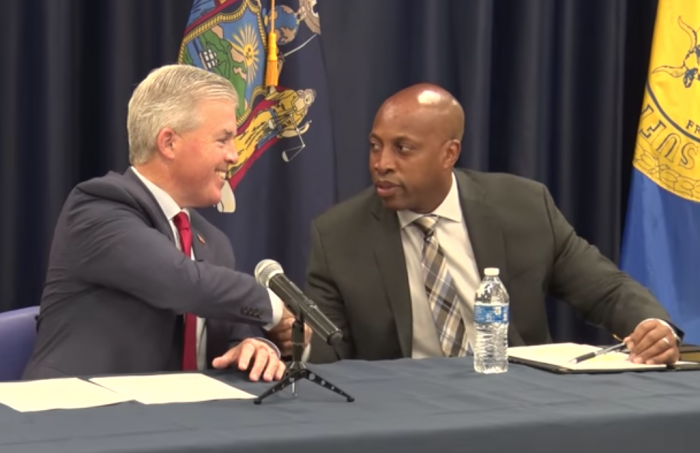
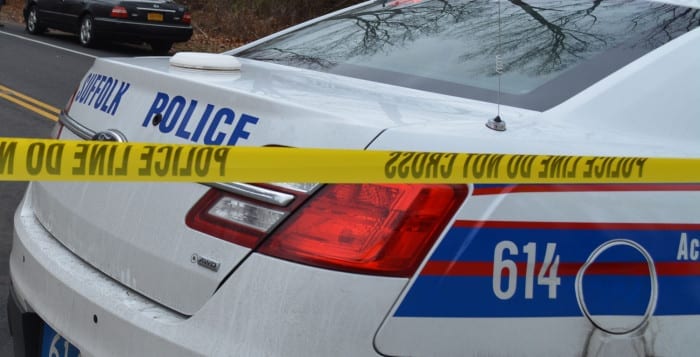
 On Dec. 9, Suffolk County Police Department Homicide Squad detectives arrested Marcello Molinari after police found the body of his wife Melissa Molinari, 38, in the Rocky Point Pine Barrens State Forest off Currans Road in Middle Island.
On Dec. 9, Suffolk County Police Department Homicide Squad detectives arrested Marcello Molinari after police found the body of his wife Melissa Molinari, 38, in the Rocky Point Pine Barrens State Forest off Currans Road in Middle Island.

